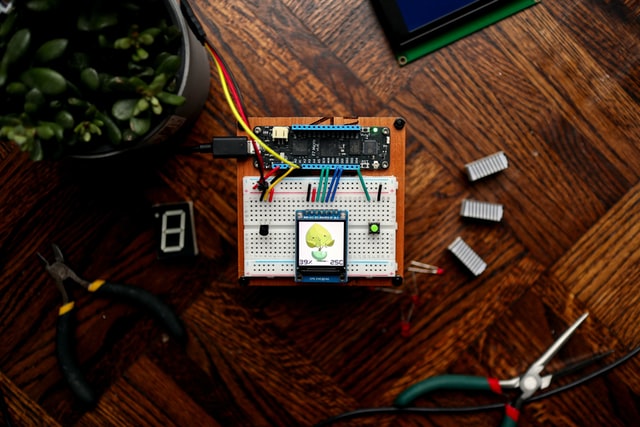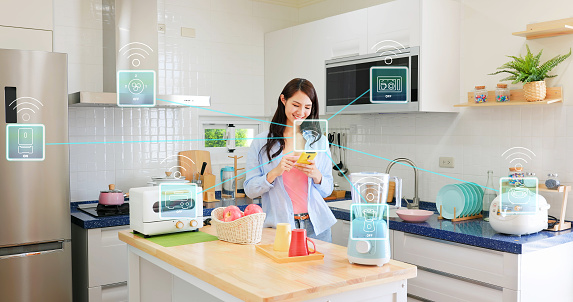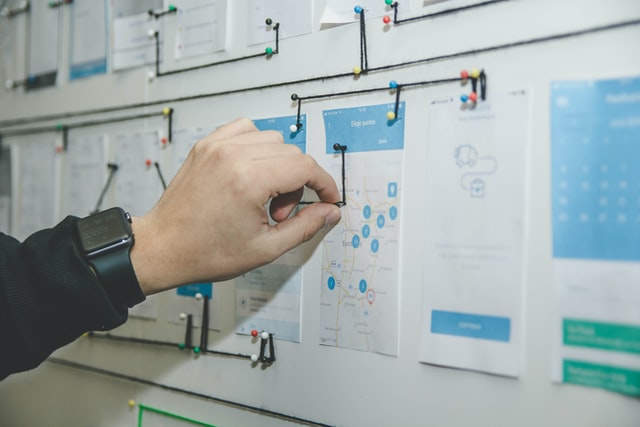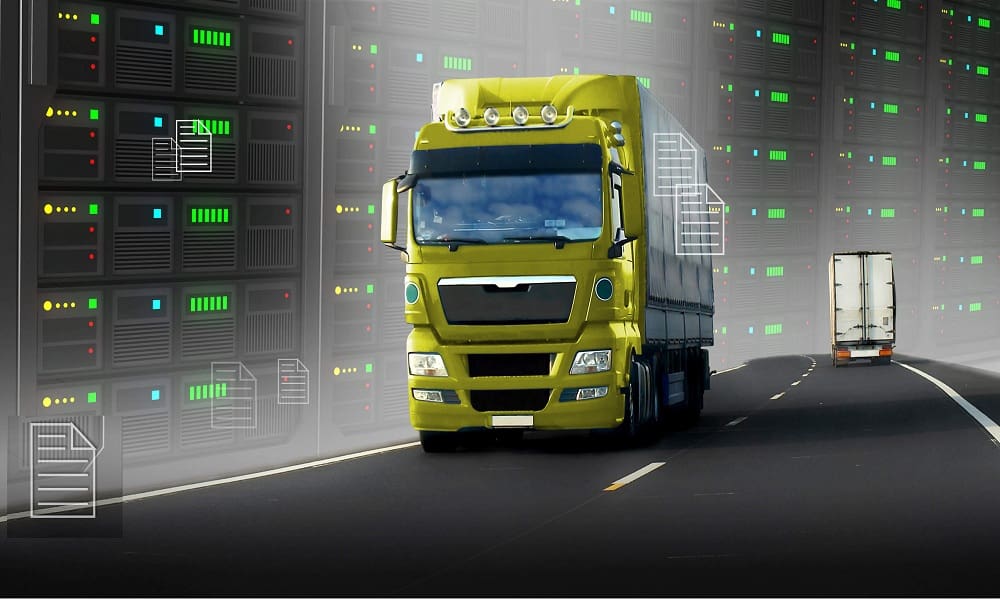Internet of Things, IoT Services & Solutions in New Zealand- OptiTrac

4 Challenges Faced In IoT For Remote Management
The Internet of Things has become a hot topic of discussion and debate worldwide. According to a report published by IoT Analytics in 2022, there will be more than 14.4 billion connected IoT devices worldwide, growing at a rate of 18%.
Recent developments in the IoT industry have motivated tech experts to coin a new term that will not be limited to a few “random” things but will be ubiquitous. This has been dubbed the “Internet of Everything”, implying the connectivity between the physical and virtual worlds and future anticipation surrounding IoT.
Secure remote access to IoT devices is a fundamental building block of the Internet of Things. Users want to access and control their devices remotely via the web or mobile applications.
However, for this to work, the web browser on the client’s mobile device must create a network connection to the IoT’s web server. This is where IoT for remote management comes in. Here is everything you need to know about IoT for remote management.
What Is The Internet Of Things (IoT)?
The Internet of Things is a network that comprises numerous interconnected systems and devices such as sensors, machines, computers, and getaways that are put together. IoT collects and transfers data over a wireless network without minimal human intervention.
The IoT network runs in billions. The Internet of Things aims to connect people with things and things to things in real-time. IoT devices can be remotely controlled and monitored by end-users. It is usually used to interact and communicate with others over the Internet.
These days, IoT can be seen everywhere. From bio wearables and smartwatches to smart appliances and self-driven vehicles, IoT has permeated every facet of our lives.
With the help of IoT for remote management, all embedded devices can be connected to the Internet to collect and transfer data. This provides many advantages to the users, including making their everyday lives easier. IoT technology brings immense value to human lives.
What Is IoT Device Management?
Now that we know what IoT devices are, it’s time to understand how they can be remotely managed. IoT device management refers to a series of process that includes provisioning, validating, configuring, and monitoring connected devices in an IoT environment. This aims to support the functional capabilities of IoT devices.
It is important to have a secure and effective mobile device management solution to manage IoT remotely. This is highly recommended because it keeps assets connected, updated, and secured.
Organizations like OptiTrac help their clients remotely manage and monitor their IoT devices by ensuring a safety management plan. Their goal is to help people find smarter ways of using technology and build a better future for everyone.
How To Manage IoT Devices?
There are five principal conducts that every company should keep in mind when it comes to managing IoT devices. These are:
- Economies of scale have to be employed. This means that whether you need to manage a hundred or a hundred thousand devices, they should run seamlessly. This is only possible if the IoT network is managed with MDM tools.
- Remote monitoring and real-time alerts play a crucial role in IoT device management. This helps in improving the impact of system downtime and reducing operational costs.
- Even though IoT is at a pace, the investments should be future-proofed. Every day new IoT standards and protocols are being introduced. Companies should be prepared to undertake emerging challenges, so they are not left behind in the competitive industry.
- The IoT landscape in present times is complex and has a large number of devices, sensors, clouds, data, connections, and so on. In this situation, catering to the ever-changing needs of the network may become complicated.
- When remotely managing IoT devices, device diversity should be seen as an opportunity, not a challenge. The additional devices can be potentially transformed into a business.
What Are Some Of The Challenges Of Remotely Managing IoT Devices?
In the Internet of Things industry, IoT devices and networks can sense themselves and use business intelligence and analytics to respond faster and more efficiently than a human. In this space, adjustments occur without human intervention and often without human acknowledgement.
As businesses rely increasingly on IoT devices to reduce costs, make informed decisions, and improve efficiency, there are significant challenges in remotely managing IoT devices. These are:
1. Security
Security is the number of challenges related to IoT device management. The data connection and the hardware can be weak, vulnerable, and prone to cyberattacks.
If an outsider attacks and seizes an IoT device network, it can have devastating consequences. All connected devices and machines can be shut down, and hackers can gain access to sensitive information of the individual or organization.
While this is a big challenge, implementing appropriate security measures can bring significant changes. This includes data encryption, device monitoring, blocking unauthorized access, etc.
2. Privacy
Most online connections are secured using some form of encryption, meaning that data is locked using a software key and cannot be easily decrypted without proper authorization. Even after being aware of this, some companies avoid encryption, which can be dangerous as IoT devices store user accounts, passwords, personal details, and so on.
IoT platforms can utilize data that is not encrypted, leading to privacy breaches. Therefore, organizations need to implement strong data encryption and minimize entry points.
3. Power, Resources, and Storage Utilization
Like any other electronic device, IoT devices need resources to operate, and data also requires physical storage space. Despite huge cloud computing solutions, remote servers still have to store digital content. Therefore, it is important to implement robust resource management and sustainability protocols to help IoT systems function optimally.
4. Network Reliability
In case of power outages, the local internet service provider can face downtime, and the entire IoT network can go offline. This can cause massive interruptions in IoT devices. The solution to this is prioritizing low-power and remote device management support. Thus, organizations should look for comprehensive remote device management platforms that will allow them to track and maintain the systems.
Frequently Asked Questions
Q1. What is a remote control in IoT?
IoT remote control signals are a simple yet effective way to control nearby IoT devices remotely. With the advancement of the IoT network, an increasing number of IoT devices are supporting IR remote control access to the Internet.
Q2. How is IoT used in management?
IoT device management refers to the processes that involve the provisioning and authenticating, monitoring, diagnosing, and maintaining the connected devices operating as part of the IoT environment. It provides support to the entire spectrum of their functional capabilities.
Q3. Can we operate IoT devices remotely?
Yes, IoT devices can be operated remotely once the software is updated and deployed on the field. However, this usually varies from device to device and which company manufactured the IoT devices.
Similar Posts

5 Top IoT Tools To Check Out In 2022
The experts predict that the number of active IoT devices will exceed 25.4 billion in 2030. It is......

What Is Project Management Software And What Does It Do?
If you are a budding entrepreneur or a project manager, the right project management software will change your......

What Is Fleet Management System And Its 3 Benefits
During heavy rains in London, Company XYZ fell behind their deliveries, costing the firm a lot of money.......
